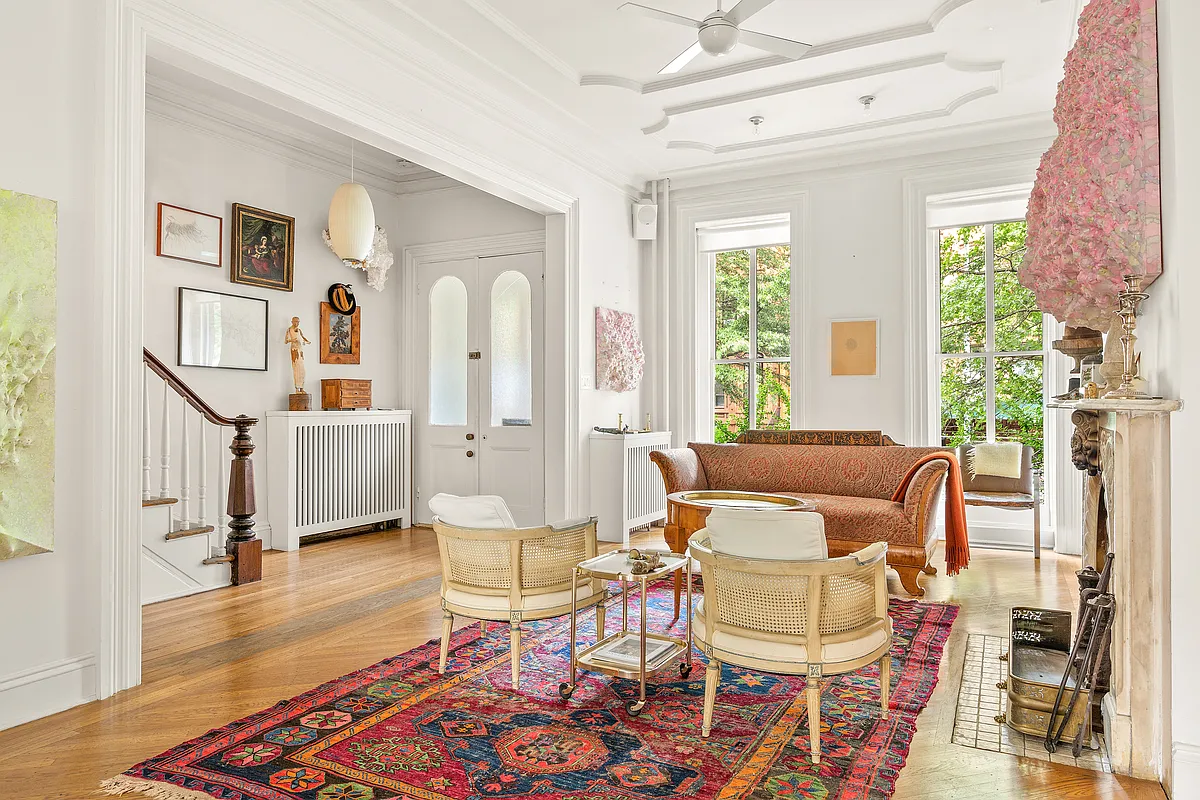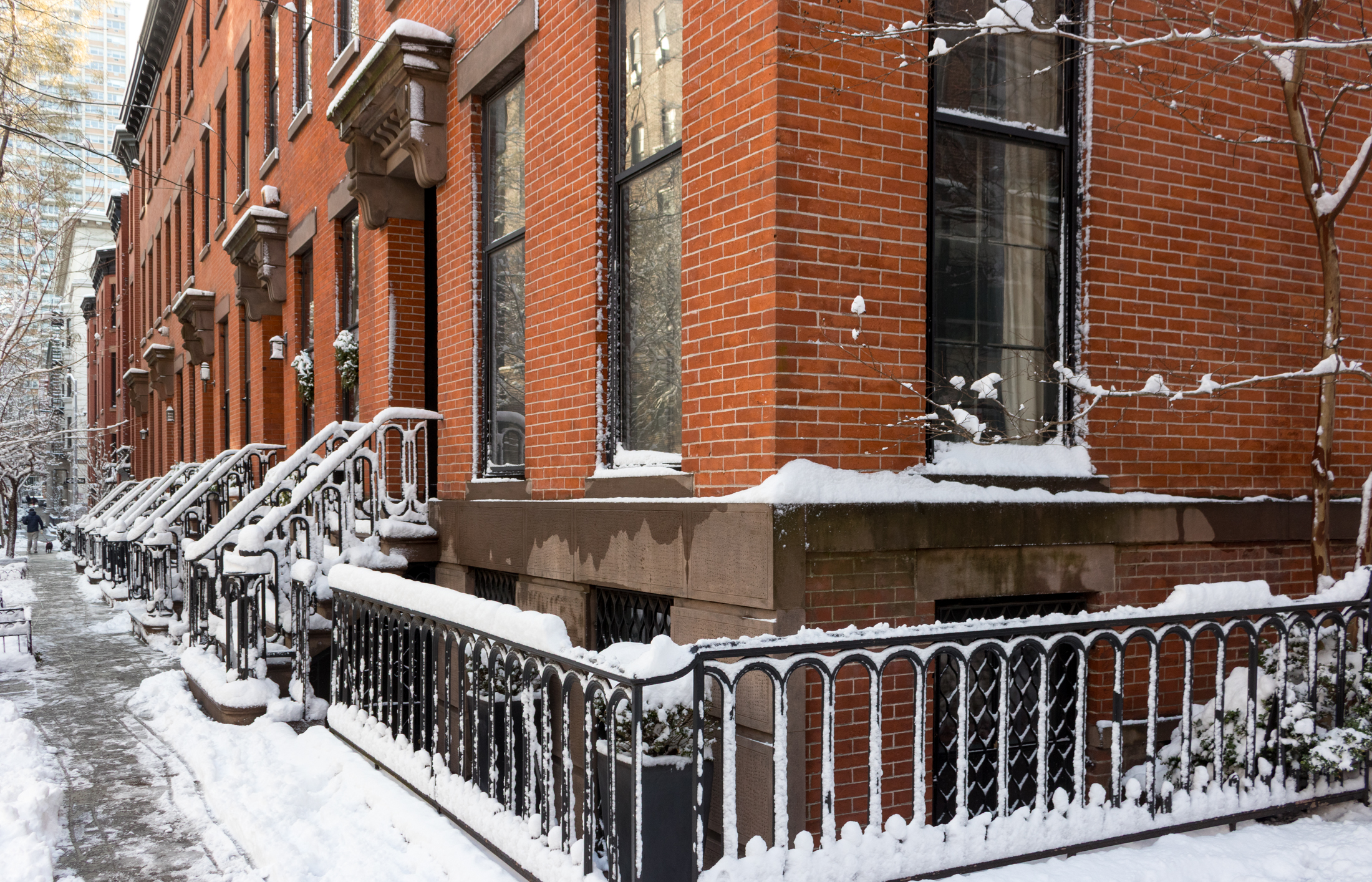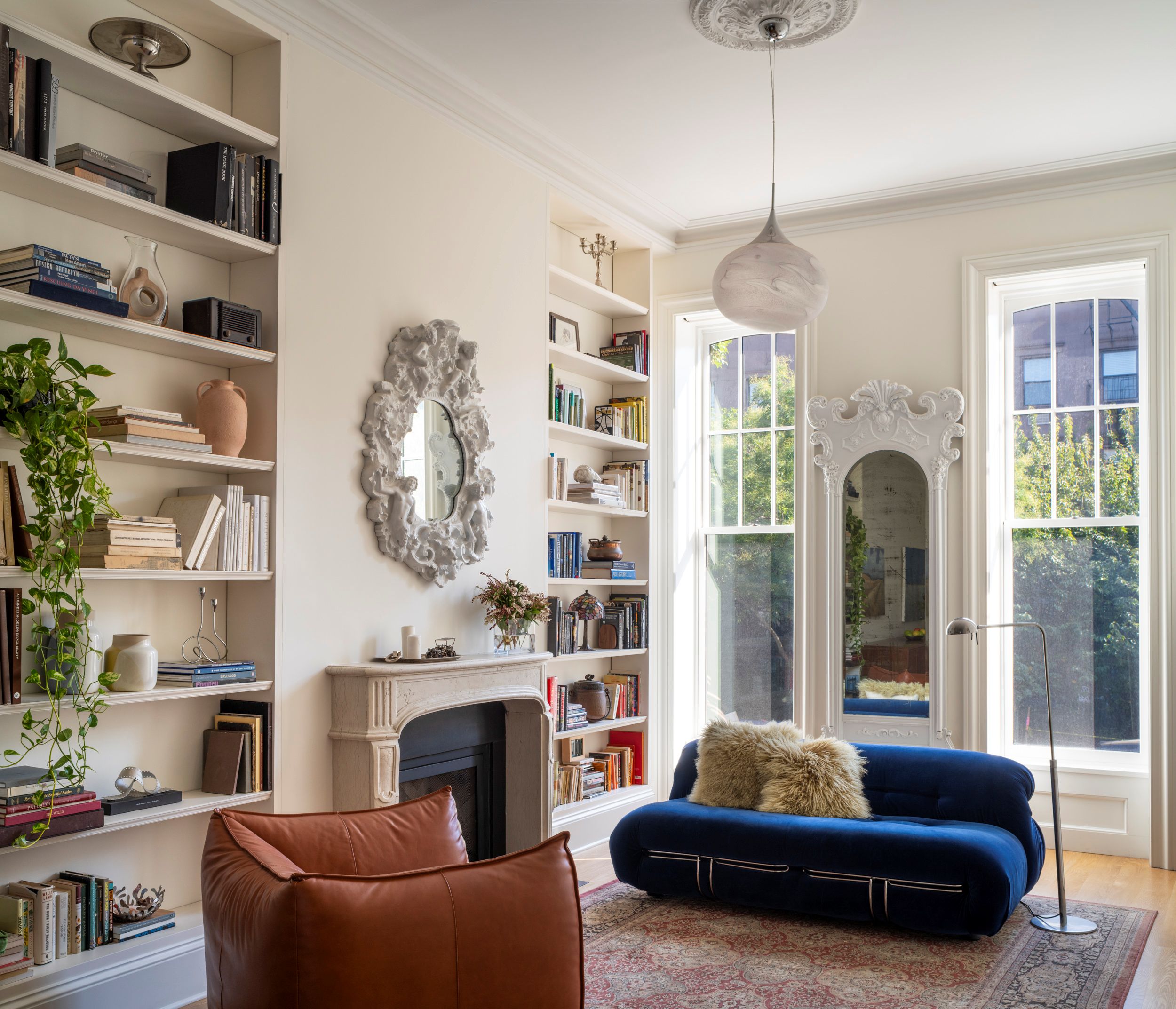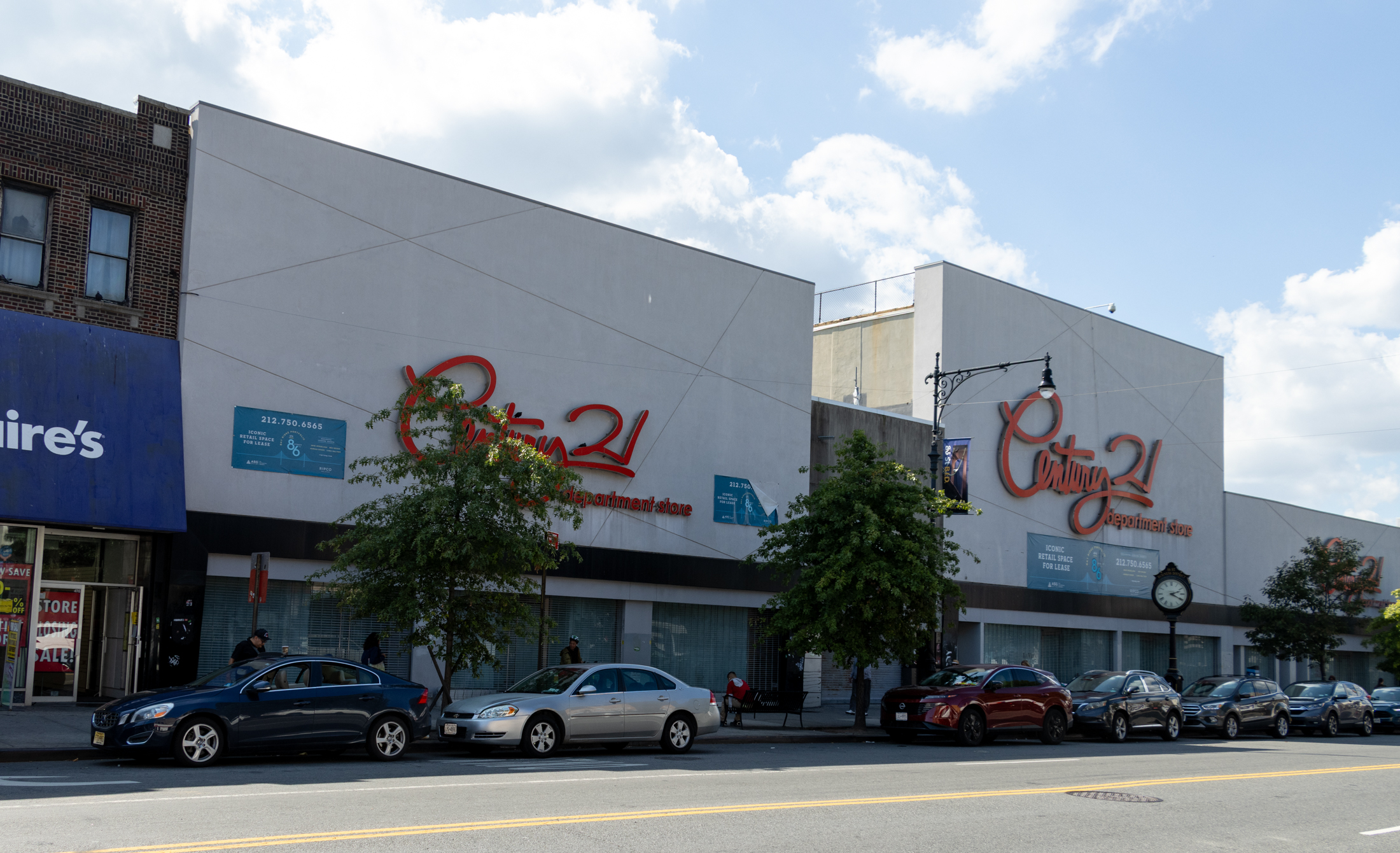Co-op of the Day: 175 Eastern Parkway
We’ve always had a thing for this six-story, 78-unit limestone co-op at 175 Eastern Parkway, whose facade is set at a 45-degree angle to Eastern Parkway right across from the Brooklyn Museum. Apartment 4J, which just came on the market as an FSBO, is a 1,000-square-foot two-bedroom that is attractive in a classic, understated kind…


We’ve always had a thing for this six-story, 78-unit limestone co-op at 175 Eastern Parkway, whose facade is set at a 45-degree angle to Eastern Parkway right across from the Brooklyn Museum. Apartment 4J, which just came on the market as an FSBO, is a 1,000-square-foot two-bedroom that is attractive in a classic, understated kind of way. All things considered, we think the asking price of $595,000 seems pretty reasonable.
175 Eastern Parkway [Craigslist/FSBO] GMAP P*Shark





thanks for selecting our apartment. i’m a regular reader of the blog so it’s fun to see our property here.
we’ve uploaded a few more pictures and a floorplan here: http://picasaweb.google.com/175easternpkwy/Apt
our first open house is sunday, 1-4.
11:18 – You are wrong.
If you look at my posting above with the 2 chart spreadsheet, I calculated the break even of owner versus renter.
The Owner Chart will assume a loss of the same Interest Rate for the down payment. That’s why I used an Amortized Fixed Rate Loan of $516k which amortized both the Loan and the downpayment and the closing costs.
It still breaks out even at year 12 and this assumes a 10% Expense increase per year.
Discrimination is just as illegal when done by a coop board as it would be written into the deeds.
newsouthsloper: Actually, rental equivalent is one of the three legally required methods used by every real estate appraiser in the world. (Look at the Bond & Third article a couple of weeks ago for an example).
In a free market, prices will always tend to return to (1) cost of production, and (2) values in alternate use. If prices are higher than those (as this one obviously is), (1) developers will find ways to create more housing, and (2) developers will convert rentals to owner occupancy, until the prices equalize.
So, since buyers MUST consider equity, they should assume that the price of this coop will drop over time until it is equal to its value as a rental apartment. (Alternatively, rents might increase until they equal purchase prices, but since rents can’t go up faster than incomes for long, that seems unlikely).
The estimates people are making about how much more it costs to rent than buy are too high. In fact, except for the last 5 years, NYC prices almost always reflect the value of the property to a landlord who is going to rent it out (and therefore loses the value of the owner-occupant tax subsidy).
As for your theory that interest goes down but rents go up, you are doing your math wrong. If the value of the building stays the same, as you pay down the mortgage you pay less interest, but you have more equity that isn’t earning interest. The renter who started out paying 1/2 as much invests the downpayment she didn’t make and adds to it the mortgage interest she isn’t paying, and will end up way ahead.
The only way for owners to end up ahead is if, (1) they start out paying roughly the same in carrying costs (interest, taxes, maintenance and repairs, but not principal), and (2) the building appreciates enough to make their downpayment and accumulated equity increase as fast as the renter’s alternative investment.
In normal markets, building value increases roughly with inflation, and a highly leveraged buyer will make some money. But today, the buyer is paying twice value. There are going to be price decreases, not increases.
Buying here for financial reasons is a loser’s game. The only reason to buy this apt (or much of anything else in Brownstone Brooklyn) is as pure consumption: you don’t care whether it is a good investment any more than you would in buying a car. It’s a depreciating asset.
Sam 9:36
You are VERY wrong on all accounts and it is obvious that you didn’t run any numbers.
I teach this stuff and newsouthsloper is absolutely correct.
This is what you should do:
1) Create a Speadsheet
2) Create 2 Charts
3) Chart 1 is Your Rental Chart starting Year 1 at $2,000 per month
4) Accumulate the Rents for 30 years
5) Chart 2 is a little more complicated. Assume a Purchase Price of $500,000… add the Closing Costs of about $16k, a Mortgage of $516k, Fixed Rate at 6%, for 360 months.
6) Amortize the Mortgage for each month
7) Create an Expense area for the Property. I assumed Taxes, Insurance, Heating, Maintanance, W/S = $5,800 per year or $483 per month.
8) In the Amortized Chart, create a column for the monthly Expenses and increase it every year by an assumed rate. I used 10%
9) Add the Interest Portion of the Amortized Schedule to the Increased Monthly Expense
If you do this, you will find that around Year 12, the Month Rental will be about $3,079.
The 12th year accumulated Interest + the increased 12th year increased Expense will equal $3,060.
That is approximately your break even year with those assumptions. After that year, you lose as a renter.
While this may seem complicated, it is the only way to really understand the rent versus own scenarios.
Funny use of democratic and Wasp, Sam. Coops are gated communities, effective at what they are designed to do. It’s a free market, some people value exclusionary power over property rights. Difference between these and the ones down south is that they wrote their biases into their deeds for the world to see, up north we’re too sophisticated to do so.
Renting is the only realistic way to move right now, unless you want to lose 20-40% of your money, and pray for a bailout –which wont happen (see angryrenter.com)
gotta agree – just an ugly people warehouse. (Not as ugly as some, but no particular redeeming features).
co-ops are the most intelligent real estate investments in NYC. The old-line WASPS that invented the concept were not stupid. It is the most protected form of residential investment-because no one can buy in unless they are vetted and approved. very democratic and savvy. I love NYC co-ops. They are the best investments for people who actually want to live and raise families in their home. speculators looking for a fast buck need to look elsewhere.